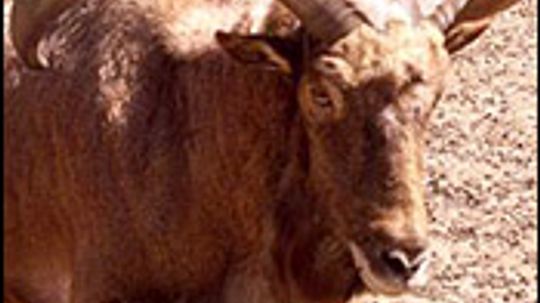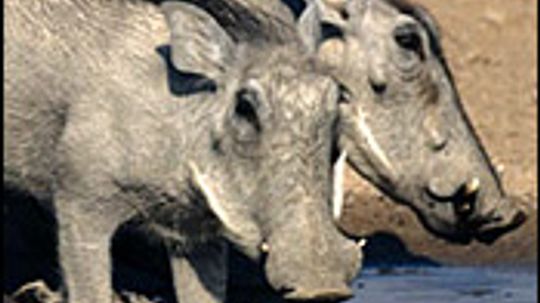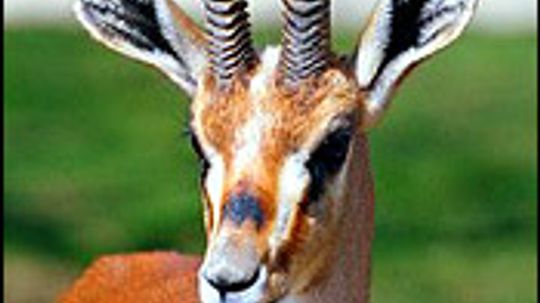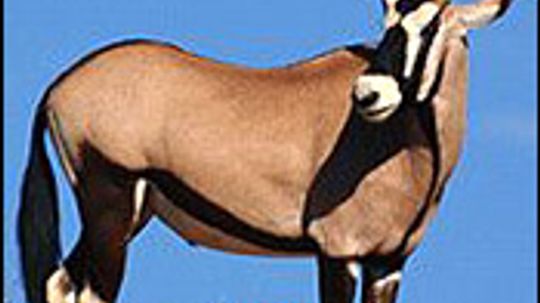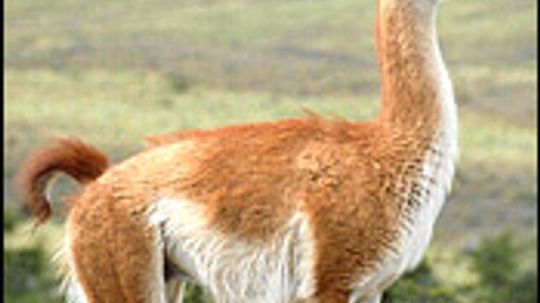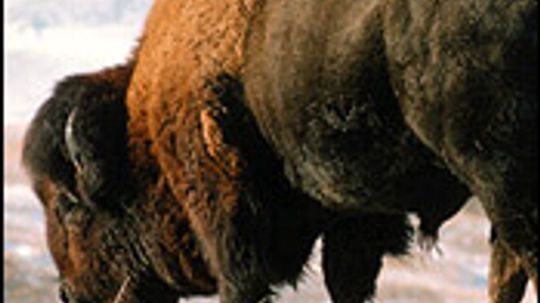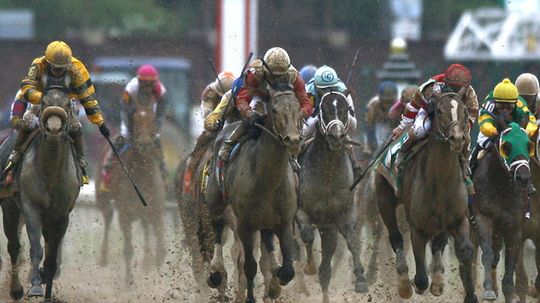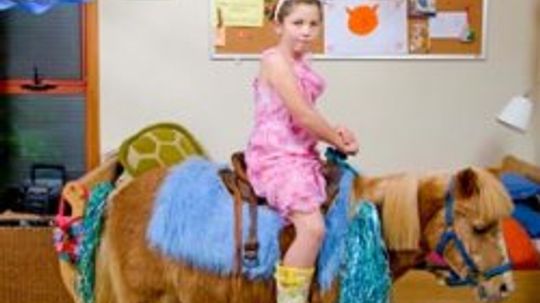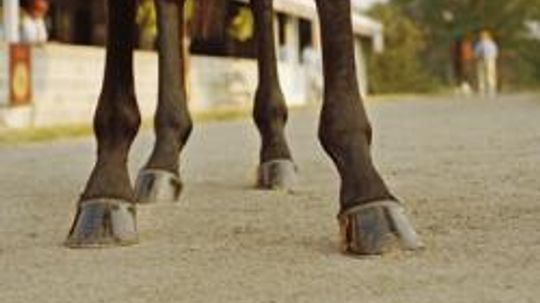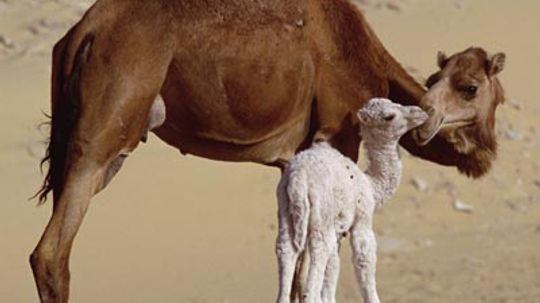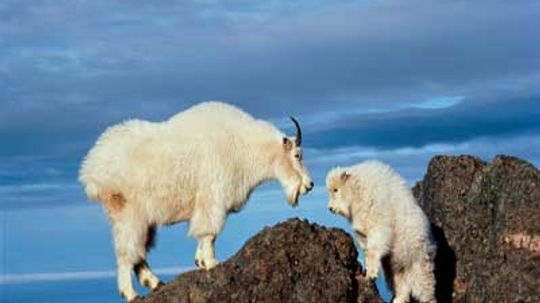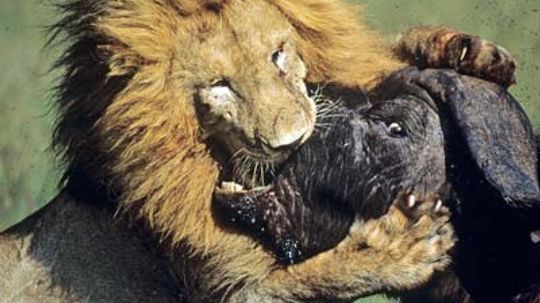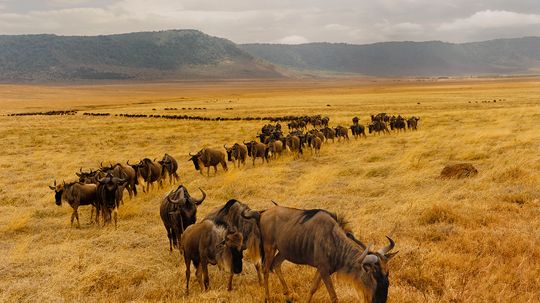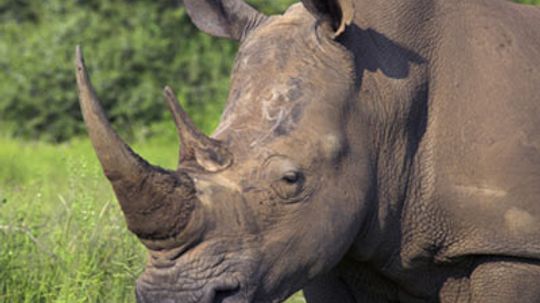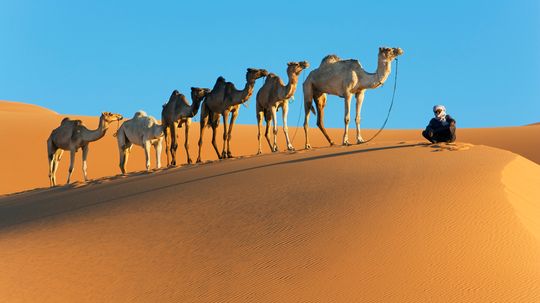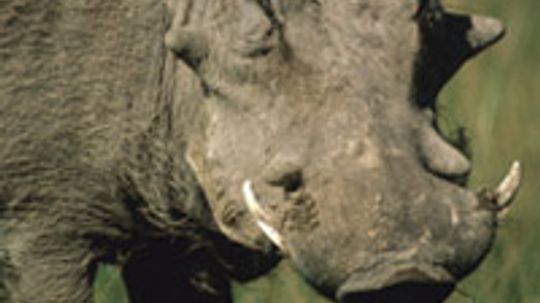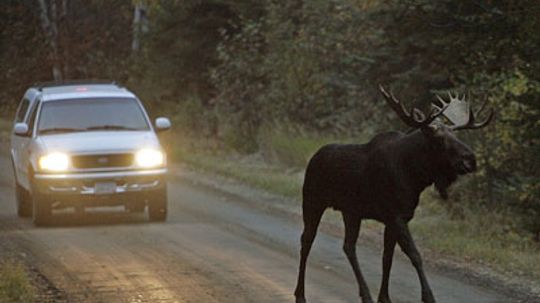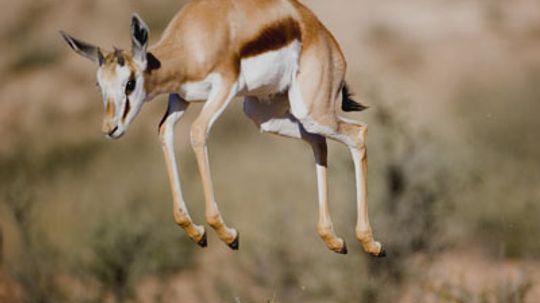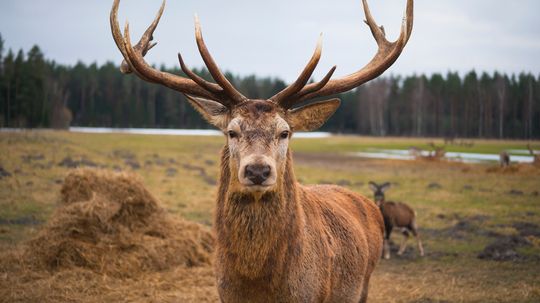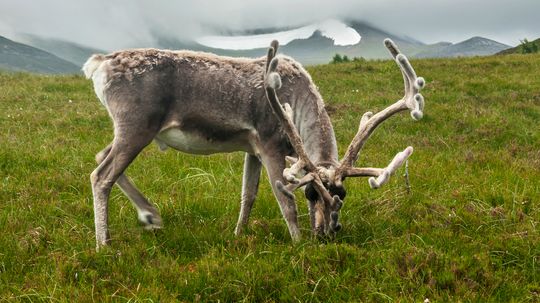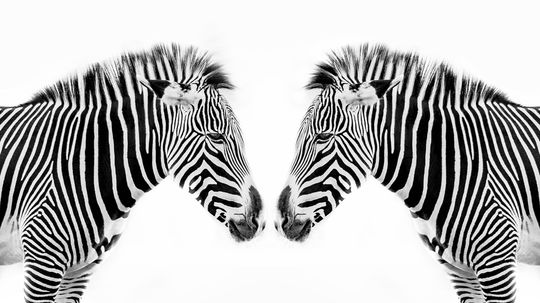Hoofed Mammals
Hoofed animals are generally herbivorious and very diverse. Learn about antelopes, cattle, deer, pigs and sheep.
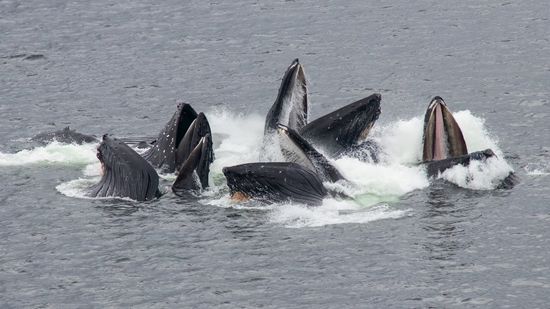
What Is a Group of Whales Called? Pods, Gams, Herds (but Not Schools)
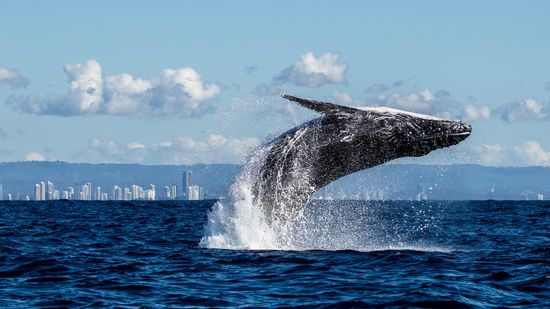
How Often Do Whales Come Up for Air?
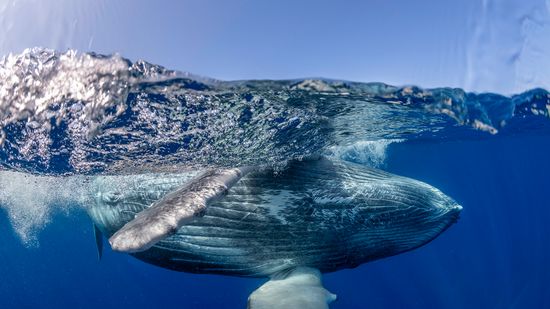
How Do Whales Sleep? They're Always Half Awake (Literally)
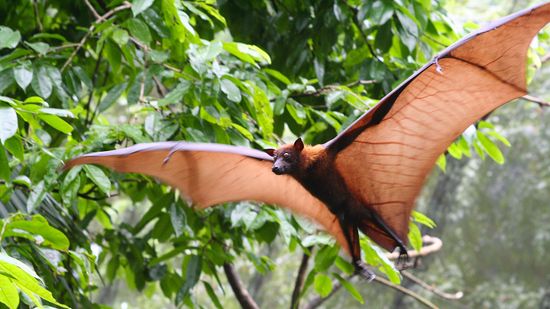
The Largest Bat in the World Has a Wingspan Over 5 Feet
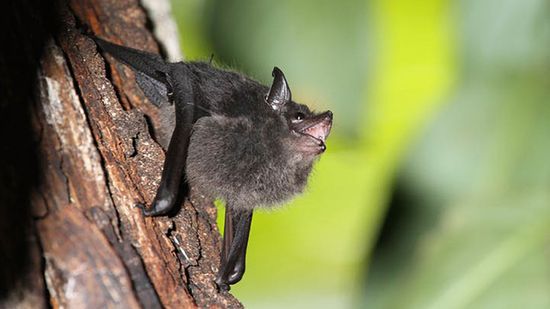
Baby Bats Babble With Moms, Hinting at Human Language Development
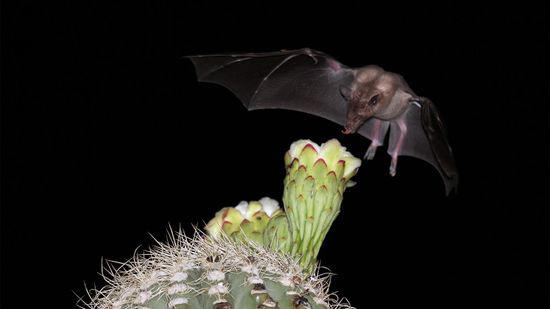
Fruit Bats Are the Best Pollinators (and Suppliers of Tequila)
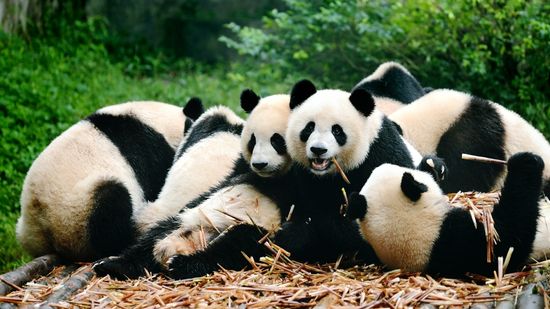
What Is a Group of Pandas Called? We're Blushing
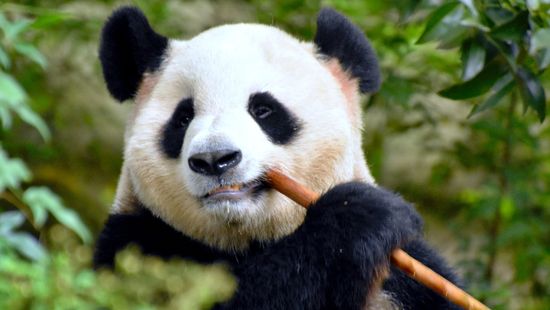
What Do Pandas Eat (Other Than Bamboo)?
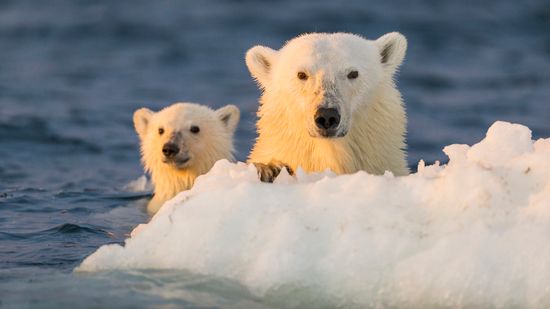
Polar Bear vs. Grizzly Bear: Which Bear Is Bigger and Tougher?
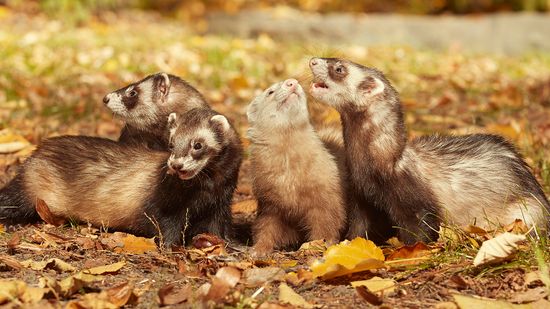
What Is a Group of Ferrets Called? You're Such a Busybody
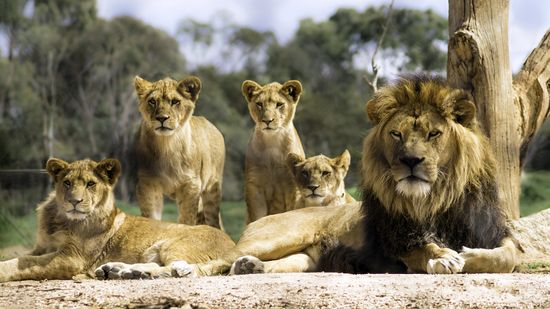
What Is a Group of Lions Called? 'Pride Rock' Makes So Much Sense Now
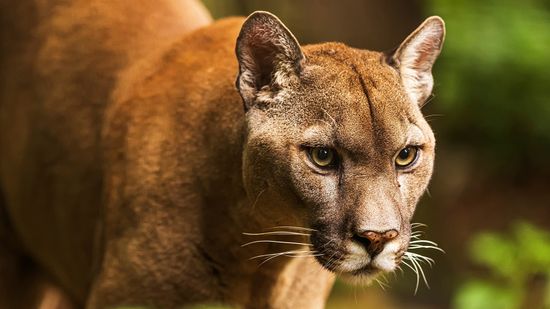
Panther vs. Cougar: Different Names for the Same Cat
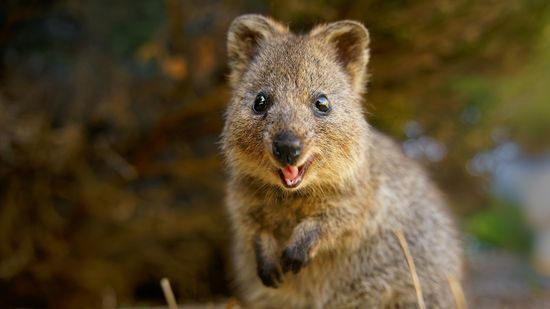
The Happiest Animal on Earth Is the Quokka
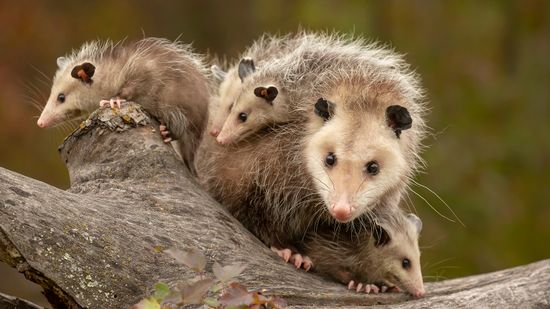
What Do Possums Eat? Most Things, It Turns Out
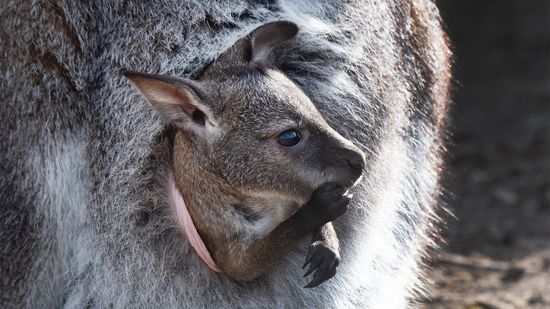
What's It Like Inside a Kangaroo's Pouch?
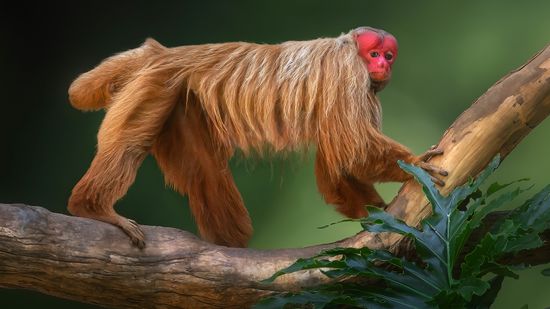
10 'Ugliest' Monkey Species: Unconventional Beauty in Primates
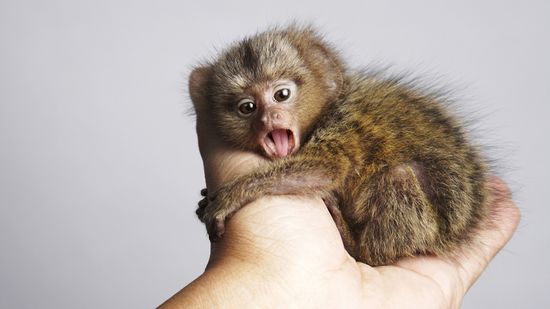
The Tiny Finger Monkey Gets Lonely Without Its Family
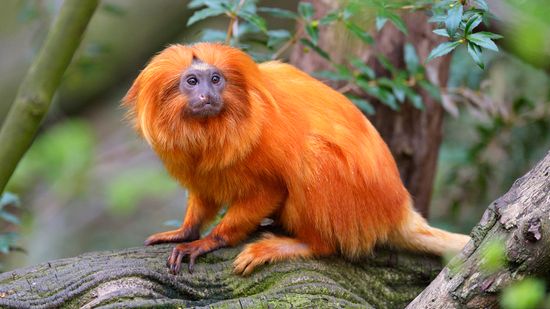
15 Types of Monkeys Climbing Trees All Around the World
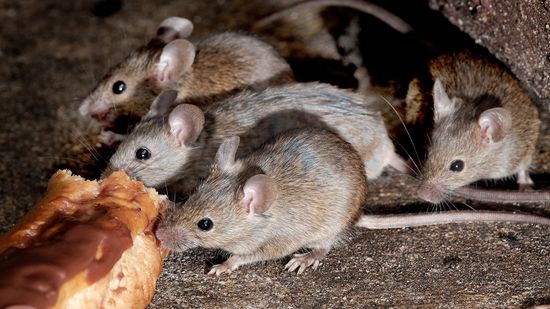
What Is a Group of Mice Called? Not Always a Colony
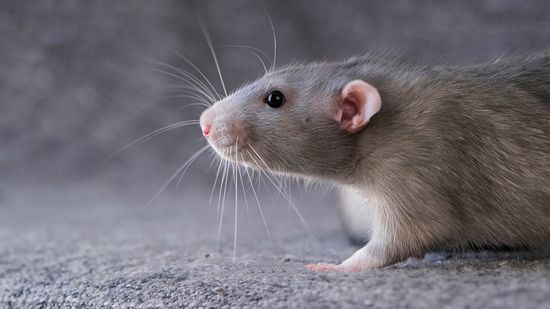
Rat Poop vs. Mouse Poop: Important Differences for Pest Control
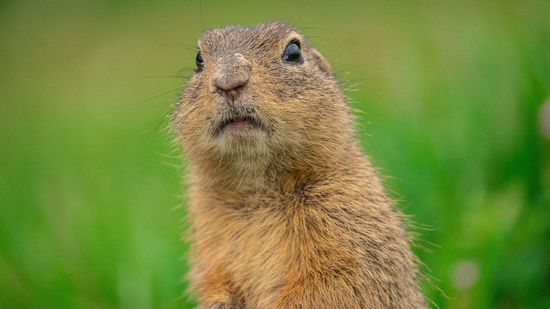
Groundhog vs. Gopher Habits and Identification
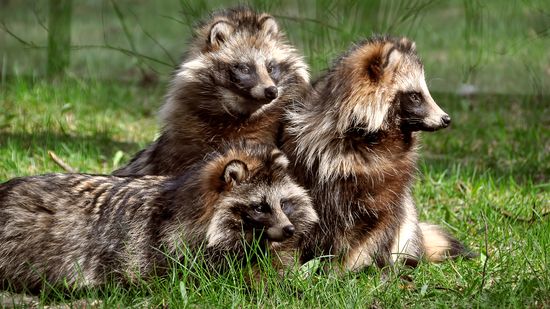
How Can Tanuki Be Both Real and Mythological?
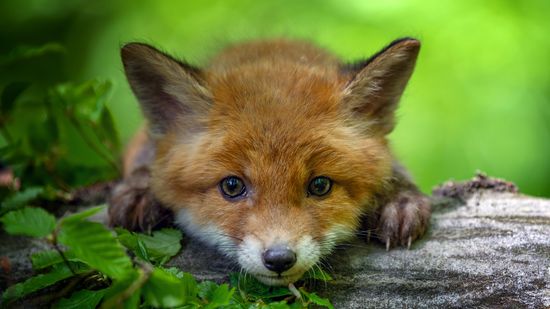
What Is a Baby Fox Called? Kit vs. Cub vs. Pup
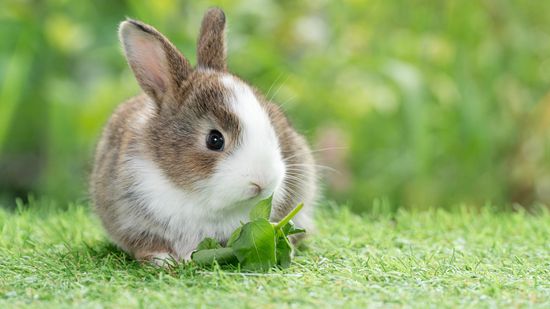
Hare vs. Rabbit Differences: Ears, Speed, and Social Behavior
Learn More / Page 3
Like many animals in the wild, the Aoudad, is currently vulnerable to extinction. This is primarly due to hunting and habitat loss.
Desert Warthogs have been known to allow birds called oxpeckers to tag along on their back and pick off parasites. Wallowing in mud also helps get rid of the parasites while simultaneously providing relief from the heat of the day.
Like all gazelles, the edmi is a slender, graceful animal with an ability to run at great speeds. The male is generally larger than the female and has S-shaped horns more than twice as big.
Advertisement
Classified in the bodivae family, the Gemsbok enjoys Arid regions and savannas. They feast on grasses, herbs, juicy roots, fruits, melons, leaves, buds and bulbs; and grow to stand 8 feet tall.
Classified as endangered in Chile and Peru, the guanaco is one of the largest wild mammals in South America is and the puma is its only significant natural predator.
In this guide to the American Bison, you'll learn cool facts about its habitat, unique behaviors and it's converstation status.
Thoroughbred horses aren't just pretty; they're the end result of centuries of breeding and record-keeping. Where did Thoroughbreds come from -- and why are so many so determined to keep them pure?
By Josh Clark
Advertisement
You'd like to learn how to ride a pony at a canter. Read here to find out about how to ride your pony at a canter.
You're friends have told you that it's not hard to learn how to gallop on a horse. Read here to learn how to gallop on a horse.
We all know that the humps on a camel help it to survive in the harsh desert environment. What exactly is inside the hump of a camel? Does the hump store water? Find out the answer to these questions in this article from HowStuffWorks.
Humans have a peculiar knack for naming animals based on their doppelgangers instead of their biology. Sea horses aren't really horses is and koala bears aren't exactly bears. So what's the deal with mountain goats versus true goats?
Advertisement
Lions aren't known for their tendency to pass up a big, juicy steak. So if you're an African buffalo, how can you keep your hide intact?
By Tom Scheve
Ever heard that the grass is always greener on the other side? While we may think of it as a quaint proverb, wildebeests abide by it. In fact, their entire lives' purpose is dedicated to finding the greenest, freshest patch of grass.
Those of us who wear glasses will just stew in our own astigmatic juices if we're called "four eyes." Nearsighted rhinos, however, use their pointy horns for payback.
As issues like drought make headlines, the topic of water conservation has become critical. Perhaps we should look to the camel for guidance as this desert-dweller saves every last drop.
Advertisement
Storybook villains always seem to have warts. These unsightly growths may be indicators of wickedness in the fairy-tale world, but they're crucial features for some hogs living in the animal kingdom.
If Bullwinkle had made the move up north, he would have felt right at home. Though moose in Alaska don't have squirrel sidekicks, they do take advantage of their urban surroundings.
Avoiding eye contact is a form of body language (and a sign you're probably lying). Gazelles might not use body language to lie, but they do rely on it to survive.
It takes brains to tan leather is and we're not just talking keen intellect and skill. Sometimes that soft, supple feel of leather literally comes from using the old noggin.
Advertisement
These reindeer won't find any candy canes or fruitcake buried in the frozen tundra. So how do these animals find enough food to sustain them through such extreme weather?
Though some things aren't always black and white, zebras remain the exception. These animals are known for their classic colors, but are zebras black with white stripes or white with black?
A good portion of a giraffe's height comes from its statuesque neck. But how do these lanky creatures get their necks in such pretzel-like positions?
I've heard that the black and white stripes on a zebra provide camouflage. How can this be if they're not in a black-and-white environment?
Advertisement
Fainting goats don't really faint -- their muscles tense up and they fall over when they get scared. But why would anyone want a fainting goat?
By Robert Lamb
Cow flatulence produces the greenhouse gas methane, which is linked to global warming. Find out how scientists are working to reduce cow flatulence in livestock.
